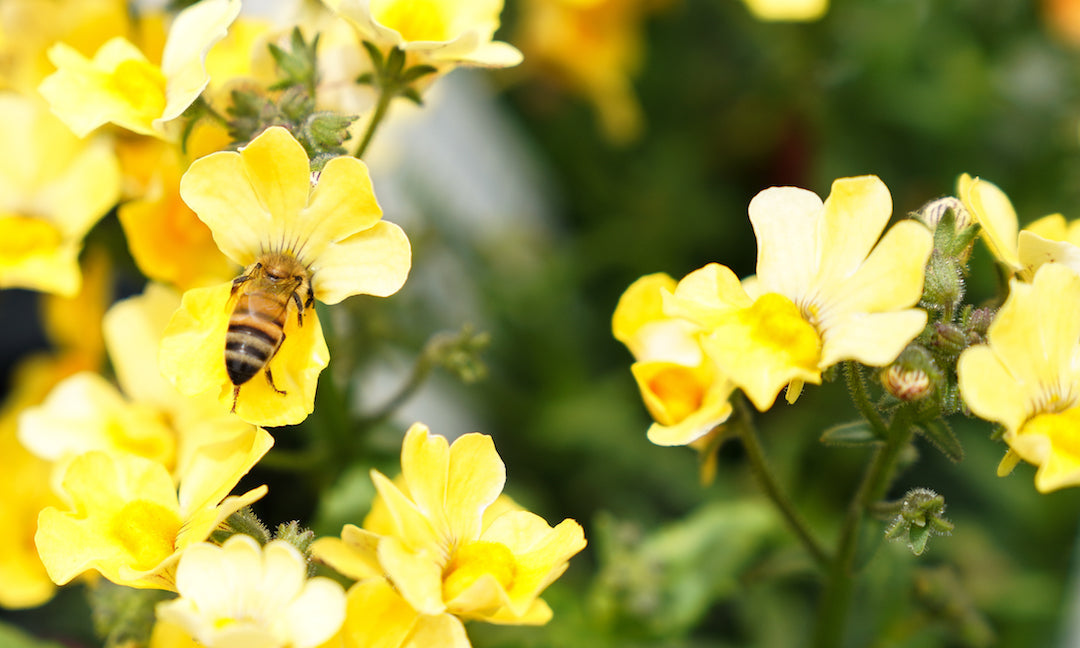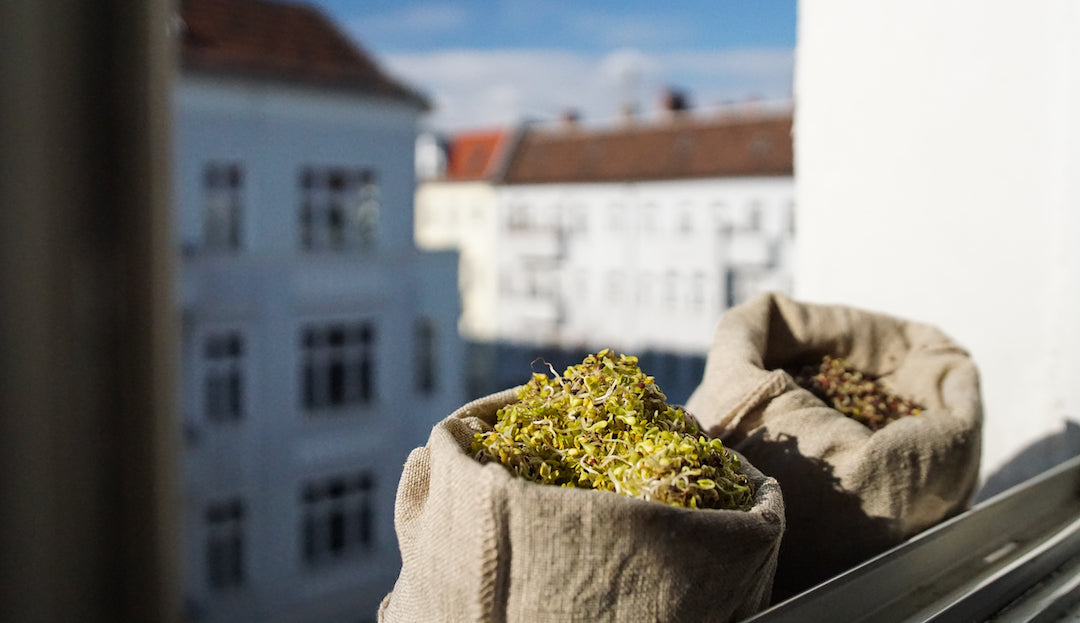Polar bears aren’t the only ones getting screwed by our rapidly shifting climate. Bees are seriously struggling with climate change—as if they didn’t have enough problems already.
Because they're tiny insects, bees aren't widely addressed as one of the potentially devastating casualties of climate change, but we should all be paying closer attention. It’s well known that without bees, humans would be in big trouble. Just imagine your local grocery store—even a produce palace like Whole Foods—with a virtually barren produce section. That’s what's at risk if we lose the bees—a whopping percentage of our global food supply.
And let's be honest, bees already have a loaded plate. As they continue dealing with the uncertainty of Colony Collapse and the incessant use of pesticides and herbicides, it's hard to believe bees could suffer any more adversity. But climate change is causing major problems for all of our buzzing friends across the globe in a few serious ways...

Their habitat range is shrinking.
Bees are losing places where they can survive. As global temperatures rise, North American and European honeybee ranges are getting smaller. In their southernmost habitats, bees are dying from high heat and have lost 200 miles of their livable range. But bees at the northern end of their range are not expanding into cooler territories. Instead, the northern border of their range is remaining mostly static. So their range is shrinking.
According to recent research, bees likely won't be able to adapt to a changing climate by shifting their habitat range. While other species, like butterflies, are able to easily migrate their populations, bees don't adapt to fast-paced change quite as easily, meaning they are especially in danger from the unexpected effects of climate change. Unless we can stabilize or reverse climate change, bees may one day run out of habitat altogether.

With confusing climate shifts, bees might actually mistime pollination.
Pollination is all about timing. Have you ever wondered how bees come out of winter hibernation precisely as the flowers start to bloom? They're pretty in tune with natural cues. Both bees and plants hone in on specific weather cues, like snow melt or air temperature, to let them know when spring has sprung. But if weather patterns and temperatures shift beyond the norm, plants and bees may get out of sync, especially if they rely on different natural cues that no longer line up. Many scientists are concerned about bees mistiming their spring emergence, arriving on the scene long after the plants are ready to be pollinated. What would this mean? Food shortages, population decline, poor pollination rates—it's bad news for both plants and bees. This video from High Country News offers a pretty good breakdown:
Bees are becoming more at risk for serious disease.
Along with a shifting environment, climate change brings greater disease threats to bee populations all around the world. Bees are extremely susceptible to certain mites and gut parasites, and these parasites actually thrive in the heat. As the climate shifts into higher temperatures, it is extraordinarily likely that bees will face even greater threats from these unwelcome critters, which can cause Colony Collapse and wipe out entire hives.
Climate change is weighing heavily on the little bumbling backs of the bees. They need your support! Plant a bee garden to support the pollinators in your own backyard and consider donating to the University of California, Davis Honey Bee Research Facility and the Canadian Bee Research Fund to support bee research and conservation efforts. Also, 10% of all profits made from our Save the Bees apparel goes to supporting these charity partners, so you can feel good about repping the cause. Help us #SaveTheBees!





